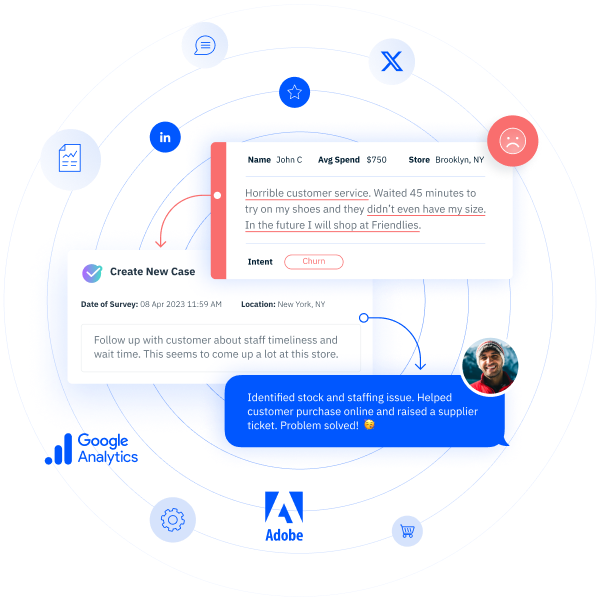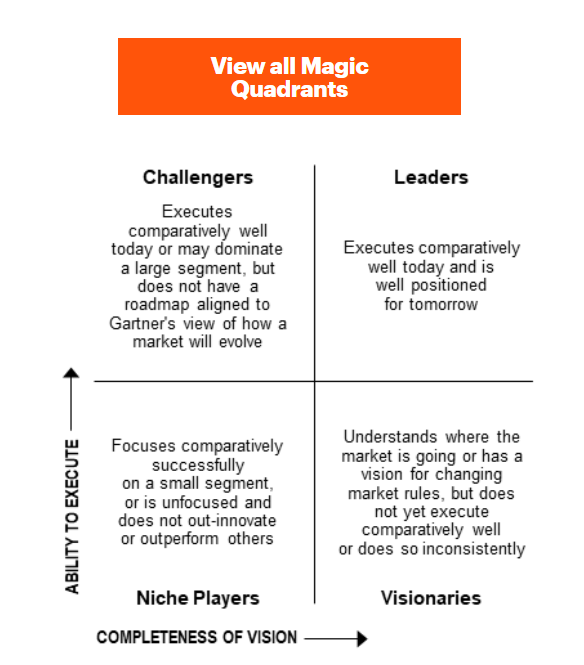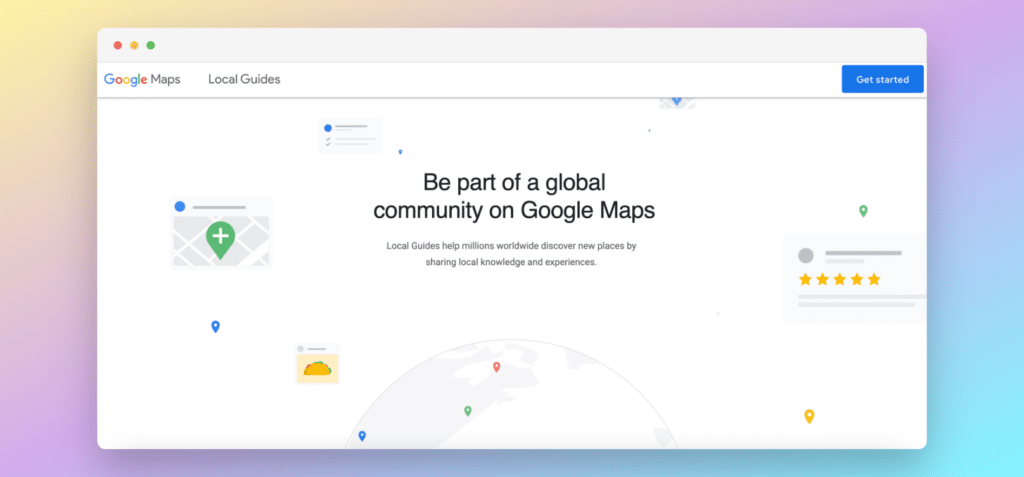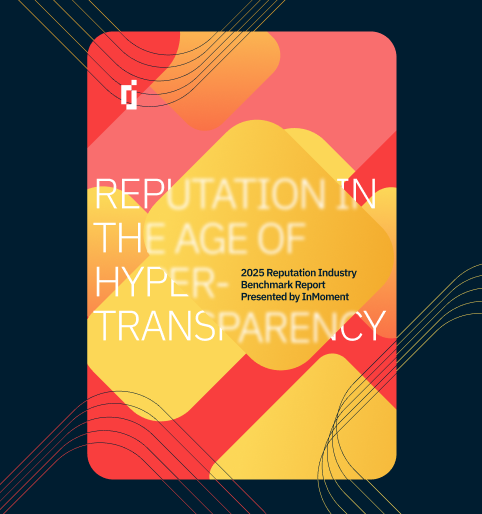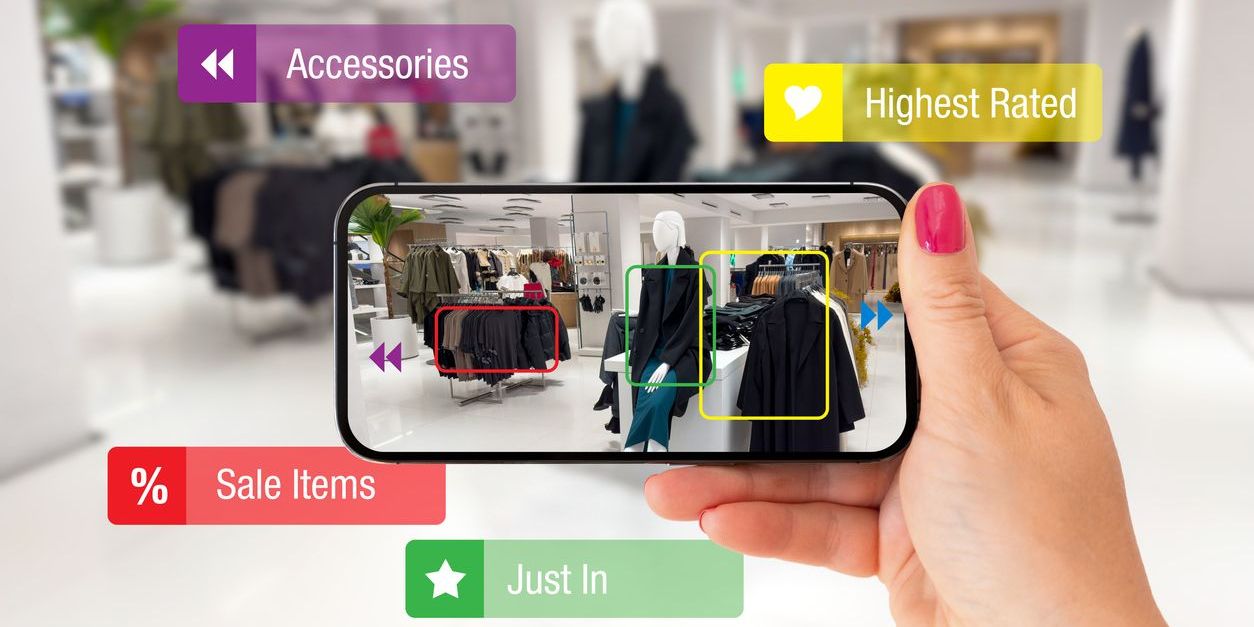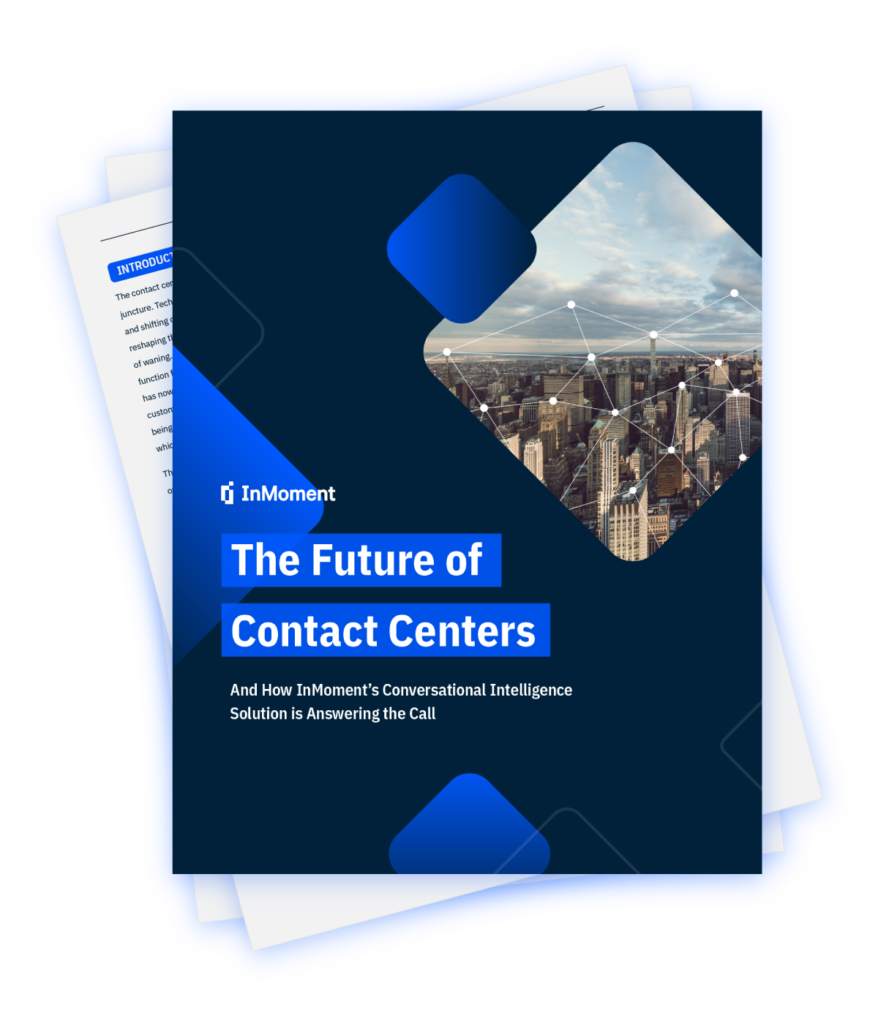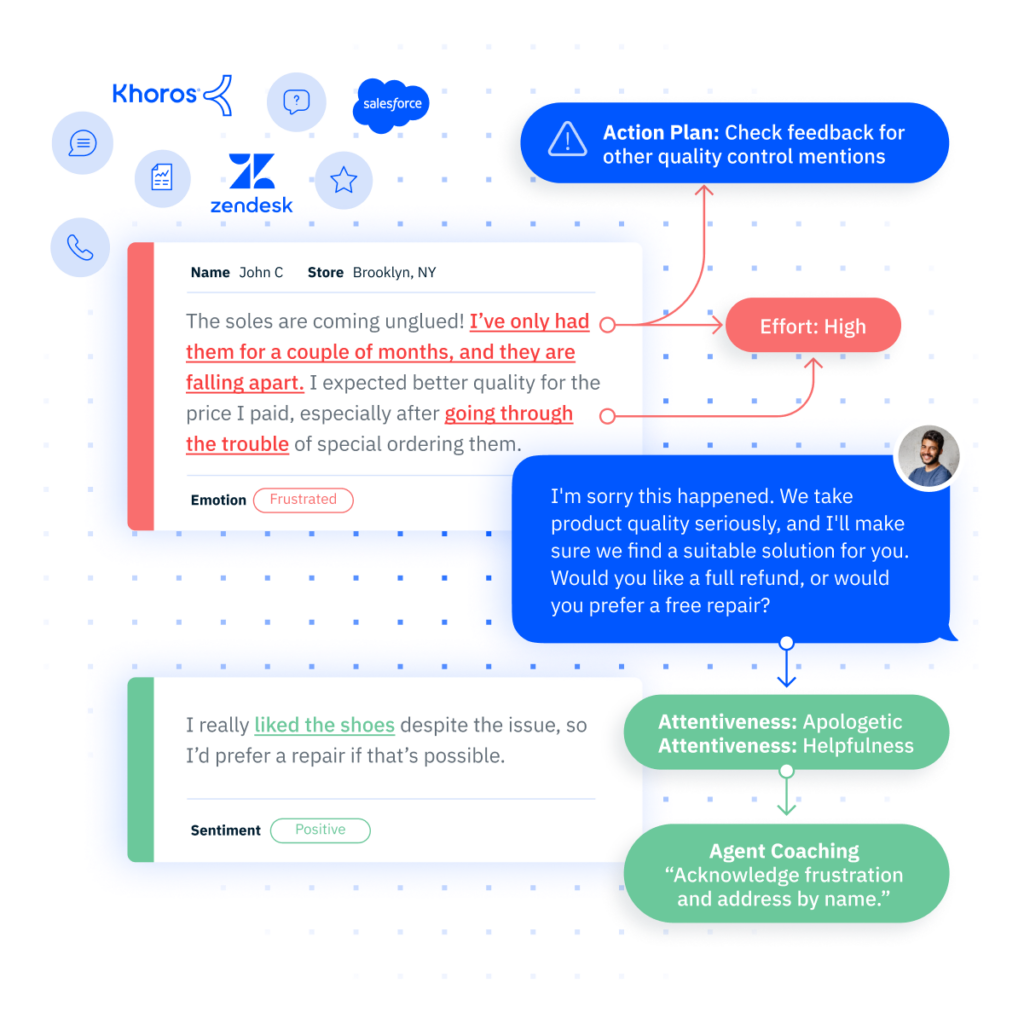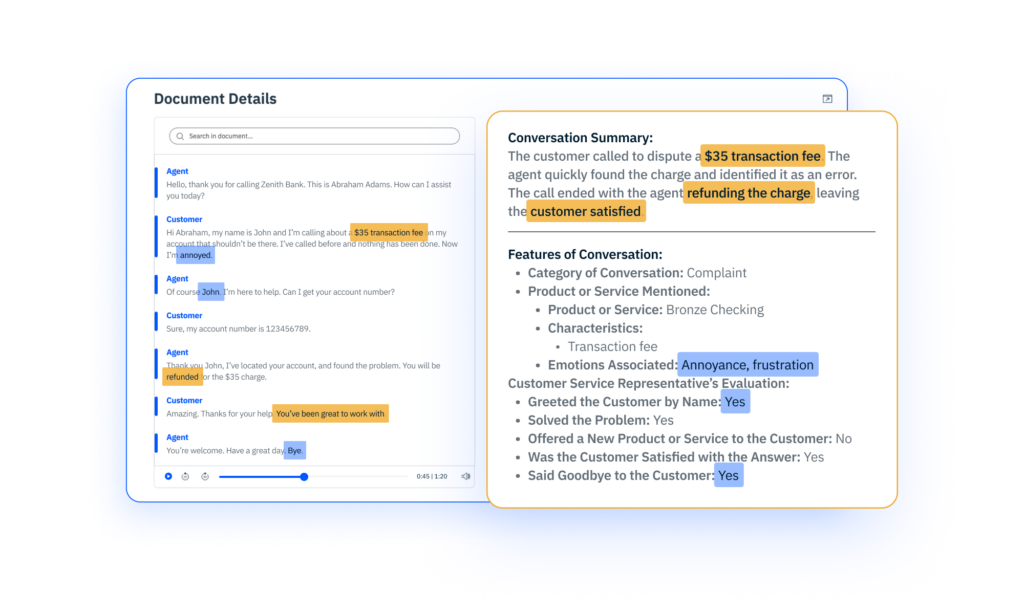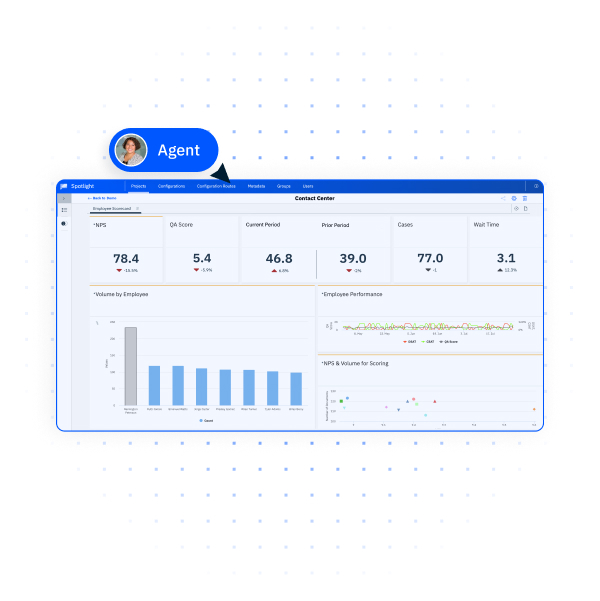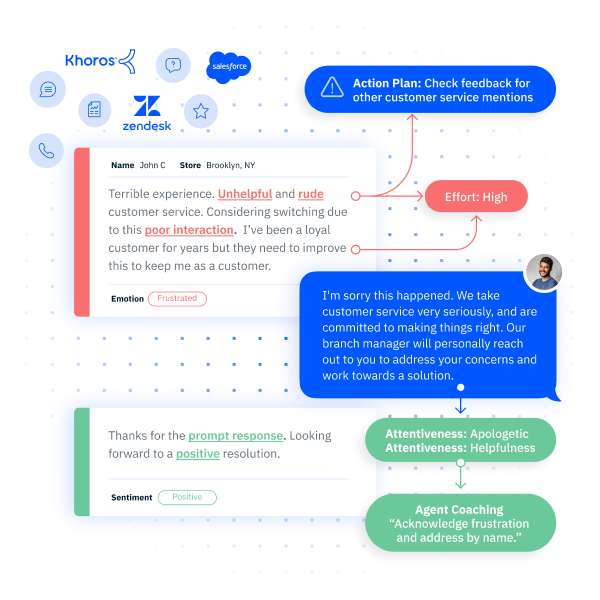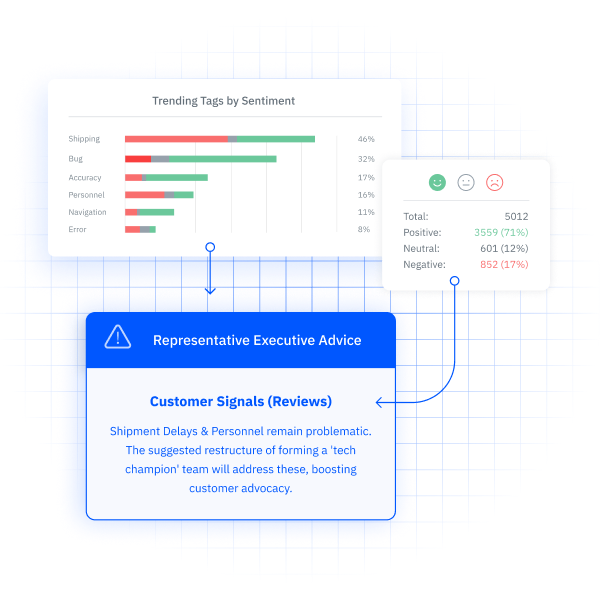
In the rapidly changing consumer market, the highest customer-rated Integrated CX company, InMoment, took a bold and proactive approach. On Thursday, January 25th, we hosted the “Changing The Game” event in Austin, TX—a crucible for innovative ideas and game-changing strategies to address the consumer market in 2024 and beyond.
The event brought in senior leadership from analytics, CX, insights, and VoC programs from 44 different brands, all with the common goal: sharing how integrated CX is making groundbreaking changes to their companies, customer experiences, and the market as a whole.
Dive in with us as we share key takeaways from our panels—Integrated CX: Listening Differently, ROI: Measuring Success Beyond NPS, and Reimagining CX with AI— and see how some of the biggest brands in retail, auto, hospitality, B2B, and consumer goods are reshaping their interactions with customers and setting new standards in their respective industries.
Major Hospitality Conglomerate Masters The Art of Engagement
At the heart of one of the biggest dining, entertainment, and hospitality conglomerates in the nation lies a balanced approach to customer feedback: they’ve mastered the art of both reactive and proactive engagement.
What’s particularly remarkable is that their expansive operation of over 600 locations and reviews is managed by a lean team of two.
By responding to over 95% of negative reviews, their company guarantees that customer concerns are not just heard but addressed; the art of engaged, active listening. This reactive approach is complemented by their proactive strategy of acknowledging and responding to positive feedback—something that businesses often overlook.
Responding to both positive and negative feedback can’t be overstated enough. Studies have shown that companies that engage with customer feedback can see up to a 5-10% increase in customer retention rates. It lets customers know that there’s a human behind your brand, and you’re open and receptive to changing your processes if inefficiencies are continually being called to attention.
Engaging with positive and negative feedback consistently, across a vast number of locations, shows that scalability is possible with a small team if the approach is thoughtful and customer-centric.
Worldwide Furniture Retailer Redefines Comfort through Integrated CX

One of the biggest companies in the furniture space is pioneering a future where relaxation meets technology. They’re reimagining ‘dad’s recliner’ into a modern-day relaxation experience. By merging AI with their products, they’re crafting personalized experiences that evolve with the user.
McKinsey’s Global Survey on artificial intelligence has reported that businesses adopting AI can see a significant improvement in their performance, with some sectors witnessing profit increases of up to 20% attributable directly to AI. This isn’t just in industries like tech or finserv—this tech is breaching every market.
Their story exemplifies that the utilization of AI can keep any business competitive and relevant by modernizing their approach. Companies like theirs can meet current consumer expectations while anticipating future needs, securing a leading position in innovation and customer satisfaction.
Major Tech Company Takes a New Angle on NPS Scores
One of the biggest, multinational tech companies in the world is utilizing every available feedback signal—reviews, call center transcripts, social media, and many more—to benchmark against the competition as well as to ensure a balanced view of feedback and signals across different areas of their own company.
A Harvard Business Review study found that a 12-point increase in NPS leads to a doubling of a company’s growth rate. This approach, especially when applied alongside other feedback mechanisms, offers a comprehensive view of customer and employee satisfaction, enabling businesses to fine-tune their offerings and internal culture. This holistic understanding of feedback signals ensures companies stay ahead in competitive industries by maintaining a pulse on both customer loyalty and operational efficiency.
Through their comprehensive analysis of various feedback signals, they’ve created and maintained a distinct differentiation in their CX program apart from the competitors in their industry. Their detailed assessment offers deeper insights into customer loyalty and competitive positioning in the tech industry, ensuring that they have a complete and actionable view of both their business and the market as a whole.
Top Car Manufacturer Provides a Human Touch in the Digital Age

One of the leading car manufacturers in the world spoke on a compelling narrative of human-centric customer experience.
Amidst the digital transformation, they emphasized personal touches, like writing thank-you notes to employees. Emphasizing the employee-customer link has done wonders for their business, where appreciated employees are more engaged and happy at their jobs, which ultimately affects their customer interactions.
The ability to offer personalized experiences is a critical differentiator for brands, particularly those where customers are dealing with high-cost, heavily-considered purchases such as automobiles and luxury goods. Personalization goes beyond mere customization of products or services; it encompasses understanding and anticipating the unique needs and desires of each customer, forging a deeper connection.
A study by Epsilon found that 80% of consumers are more likely to make a purchase from a brand that provides personalized experiences. This statistic underscores the importance of a human touch in creating meaningful customer interactions. Brands that master the art of personalization significantly enhance loyalty and a competitive edge. In the context of high-value transactions, it can be the deciding factor that tilts the scales in a brand’s favor, with a higher probability of both a sale and a lifelong customer.
Mobility Industry Expert Reshapes Customer Experience
The journey of one of the big three in the car rental space evolved from traditional survey methods to dynamic feedback systems. Their focus on swift personalization reflects a deep understanding of modern consumer desires.
A study by Salesforce revealed that 76% of customers expect companies to understand their needs and expectations. In this context, their company’s strategy reflects an acute awareness of modern consumer demands, emphasizing the importance of agile, responsive customer service frameworks that cater to individual needs.
They prioritized employee well-being alongside customer satisfaction, emphasizing the importance of nurturing a growth-centric ecosystem. Their transformation signifies a broader shift in their identity, from a holdings company to a mobility company, attuned to the nuanced needs of today’s consumer.
Energy Leader Finds AI at the Forefront of Customer Service
A key player in the U.S. energy sector focused on how AI is revolutionizing how call center operations are managed and optimized, particularly in the processing and comprehension of call transcripts.
InMoment’s toolkit excels in extracting meaningful data from these transcripts, which are often unstructured and varied. The algorithms sift through the data, identifying key themes, customer sentiments, and specific queries, unifying them in a holistic view. This process involves not just transcribing words, but also understanding the context and nuances of each conversation.
Going a step further, their AI-powered predictive analytics have been at the forefront of interpreting and extrapolating on data in real-time, helping brands gain a competitive advantage in the ever-evolving marketplace.
It goes beyond data analysis by setting the foundation where decisions are anticipated, and deeper understanding of current trends helps mitigate future risk. The strategic use of this technology to inform decision-making processes is an advanced approach to business strategy.
As a result, what was once a simple record of customer interactions becomes a rich source of insights, allowing for a deeper understanding of customer needs and experiences.
With AI assisting in call center operations and making systems more optimized, they’re not just retaining loyal customers but also setting a new standard in an industry with historically poor customer feedback mechanisms. Their approach reflects a deep understanding of the need for efficient and personalized customer interactions in the coming decade.
Footwear Retailer Utilizes Unstructured Data as a Training Tool

One of the largest sneaker retailers in the country was one of the earliest adopters of Spotlight, by InMoment. This AI-powered CX software captures and analyzes all customer feedback signals to deliver stronger, more actionable customer experience insights. Like the company mentioned in the previous section, this retailer is also using this tool to pull unstructured data from call transcripts, and taking strategic actions based off of the analyzed data.
According to IBM, 90% of all data generated by devices such as smartphones, tablets, and connected vehicles is unstructured. The untapped potential of unstructured data is staggering. Leveraging AI to analyze this data, companies can significantly enhance their understanding of customer experiences, leading to more informed decisions and better-aligned strategies.
By using real customer complaints as part of their training, this company ensures that their employees are well-informed and empathetically aligned with customer needs. This approach is a brilliant use of data to enhance customer interactions.
A New Era of Customer Experience
The InMoment (integrated) Experience | Changing The Game was more than a gathering of industry leaders; it was a showcase of the future of customer experience. Each brand, in its unique way, demonstrated that innovation, whether through technology, human touch, or the combination of both, is key to staying relevant and creating customer experiences that drive loyalty.
As these brands continue to push the boundaries, they’re not only changing the game for themselves, but setting new and revolutionary standards for consumers. It marks the dawn of an era where innovation transcends tradition, compelling the entire industry to follow suit or risk obsolescence. They’re not just leading the change–they’re becoming the change—inspiring a future where excellence in CX is not an aspiration but a given.
Ready to revolutionize your customer experience strategy? Discover how InMoment’s integrated CX solutions can empower your business to listen differently, measure success beyond traditional metrics, and reimagine customer interactions with the power of AI.
